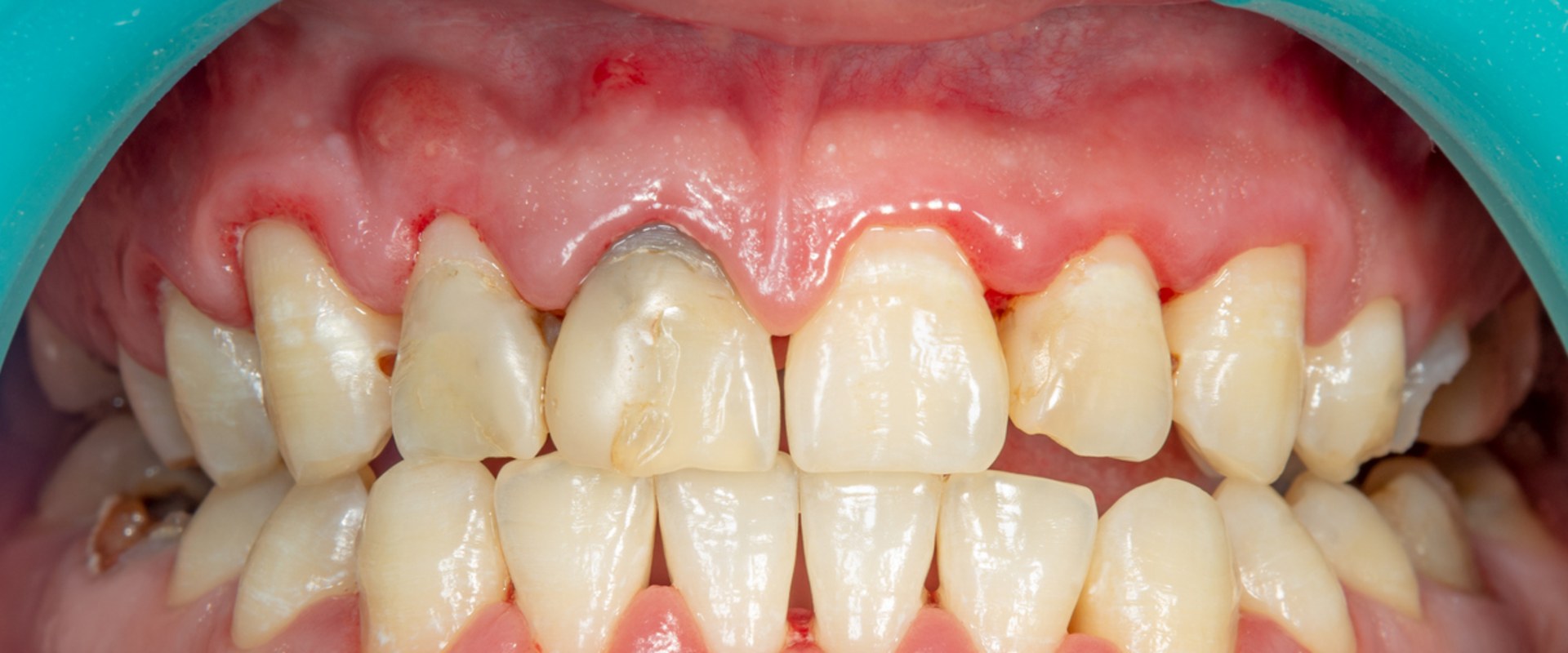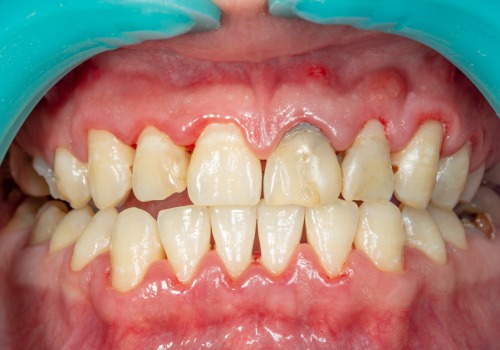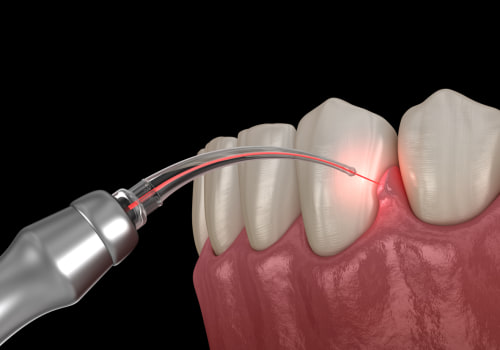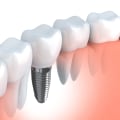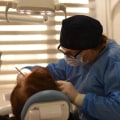Periodontal pockets are a sign of advanced gum disease, caused by bacteria that harden and turn into plaque and tartar. This plaque and tartar provide a practical basis for more bacteria to attach, leading to inflammation and swelling in the gums. As the gum separates, a pocket of space is created, called a periodontal pouch, gingival pouch, or dental pouch. This pocket can increase the risk of tooth loss by weakening the tooth's support structure.
No matter how diligently you brush or floss, you cannot remove tartar from your teeth. Therefore, it's important to diagnose and treat periodontal pockets quickly before they endanger the integrity of the structures that support your teeth or even cause tooth loss. A pocket is our dental name for the space that exists naturally between the gum and the tooth. It's part of our normal anatomy, but in the presence of other signs such as bleeding gums, a measurement of 4 mm could indicate the presence of a periodontal pocket.
Periodontal pockets and periodontal disease can be avoided by practicing good oral hygiene and going to the dentist regularly for cleanings. If you have more serious periodontal disease, a procedure called root scraping and smoothing may be recommended. Treatment will be determined by the size and depth of the periodontal pocket and by the condition of the gums and bone. Antibiotics can be given in pill form, but most of the time they are applied directly into the periodontal pocket. Options include procedures to reduce periodontal pockets and regenerative procedures to strengthen bone and gingival tissue.
This procedure is usually performed by a periodontist, a dentist who specializes in treating gums and other supporting structures of the teeth. If they bleed or look inflamed and swollen, a periodontal pocket may have formed and requires cleaning or other treatments. The size of the pouch, as well as the condition of the gums and bone, will determine the treatment options available. Keep reading to learn about periodontal pockets and solutions for their treatment, as well as about prevention and risk factors you can control.
